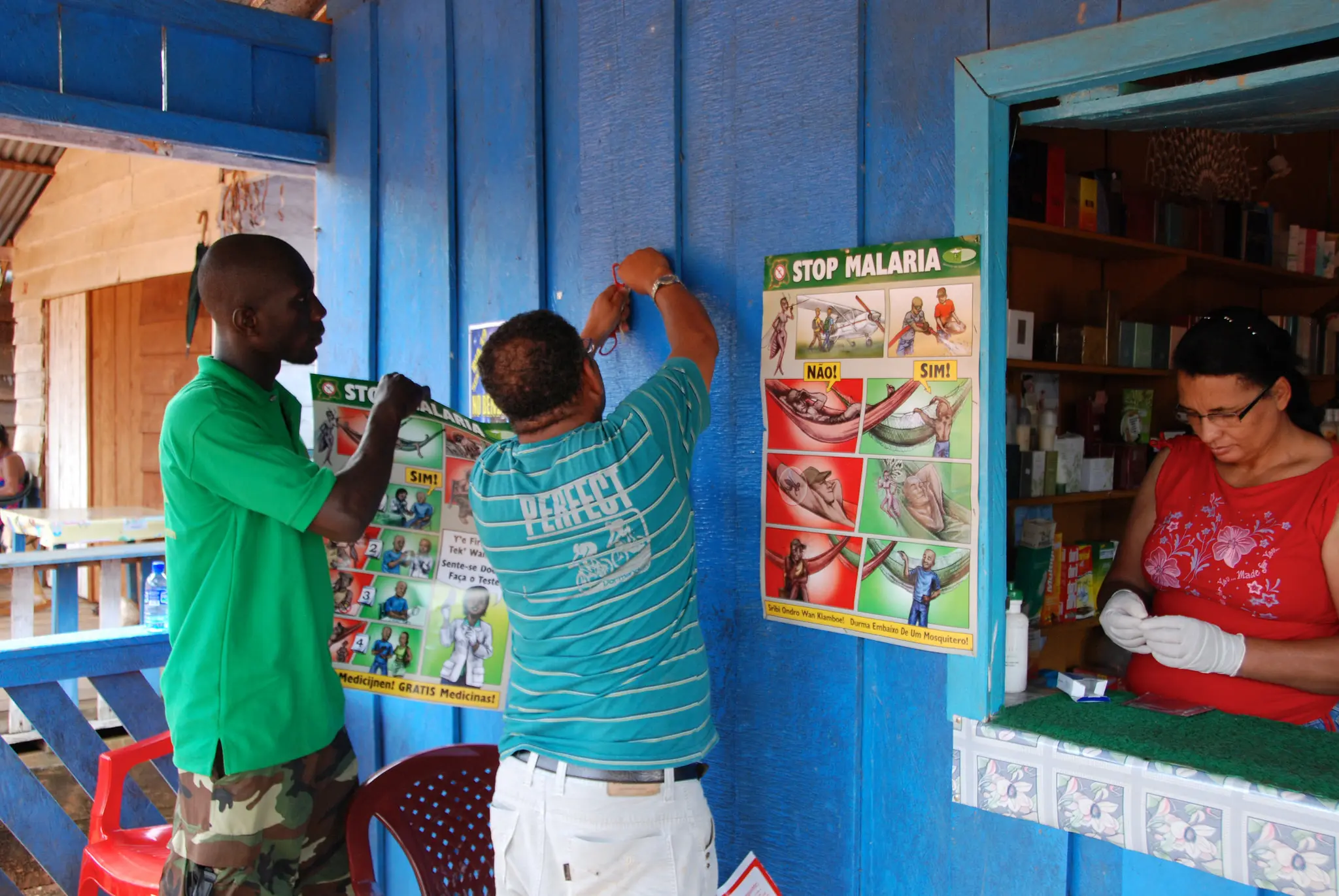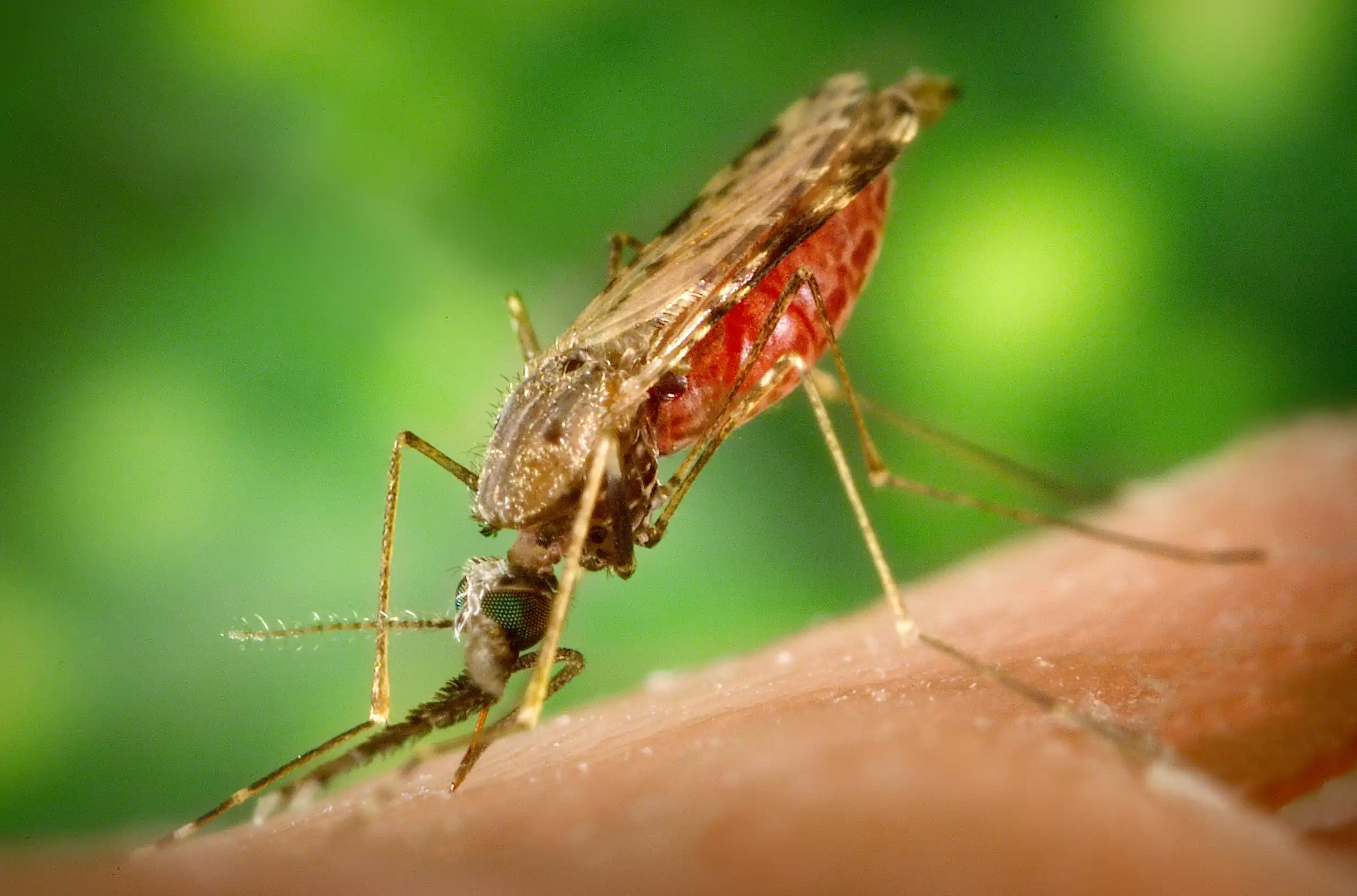
Health & Medicine
Immunity to COVID-19: Lessons from malaria

Australia eradicated malaria back in the late 1970s, but as our climate continues to change, could the deadly disease make a return?
Published 20 September 2024
Malaria is the world’s deadliest vector-borne disease, infecting 249 million people and killing 608,000 in 2022.
It’s transmitted by one specific family of mosquitos called Anopheles. Until relatively recently, malaria was prevalent across Australia’s northern tropics, courtesy of one main mosquito species – Anopheles farauti.

In the decades following World War Two, the disease was successfully eradicated from Australia and the country was officially declared malaria free in 1981.
However, numerous species of the Anopheles mosquito are still present in Australia's northern tropics.
While there are still occasional cases of malaria recorded in the Torres Strait, and more rarely in North Queensland, these local cases are mostly the result of infected travellers returning from countries where tropical malaria is endemic.
The last outbreak of locally transmitted malaria in mainland Australia was in 2002 when 10 people were infected in far north Queensland.
The Australian Government is highly vigilant in treating these malaria cases and preventing any transmission back to mosquitos.

Health & Medicine
Immunity to COVID-19: Lessons from malaria
In stark contrast, our close neighbour Papua New Guinea suffers immensely, accounting for 94 per cent of malaria deaths in the Western Pacific region.
As climate change escalates and continues to cause widespread health impacts, there are fears that climate shifts could prompt a malaria resurgence – putting some areas of Australia that were previously climatically unsuitable for the Anopheles mosquito at risk.
The extreme weather events of climate change are becoming devastatingly familiar for many parts of the world.
It’s also bringing with it less visible health conditions like heat stress, diarrhoea, malnutrition and, of course, malaria.
Despite Australia’s previous successful efforts at eradication, the presence of the Anopheles mosquito in Australia’s tropical north means that Australia is at risk of malaria reintroduction.
The Anopheles mosquito relies on specific environmental and climatic conditions to survive and transmit disease.
Climate change could cause cooler regions to become warmer and more humid – potentially promoting the survival and spread of the Anopheles mosquito.
This means that if malaria was reintroduced into Australia, it could spread to places it has not been seen before, and become much harder to control.
Climatic changes have raised concerns in the scientific community about the potential impacts of these changes on global malaria rates.
Predicting the extent of the impact climate change could have is riddled with complexity and uncertainty.
Factors like urbanisation, ecological suitability, environmental management and socioeconomic development make the spread of malaria incredibly difficult to model.
This means, currently, there is conflicting evidence surrounding what impact, if any, climate change might have on malaria.
Some reports suggest that future shifts in the world’s climate could result in a widespread increase of malaria across the globe. At the same time, other models have suggested there will be no significant impact.
Interestingly, increasing dryness and higher temperatures in some areas could also exceed the mosquito’s survival range and instead potentially decrease malaria transmission.
The uncertainties associated with predicting climate-fuelled malaria spread has even led to some mathematical models suggesting that it will never be possible to decipher if any malaria increase is a direct result of climate change.

Health & Medicine
Using mathematics to treat malaria
Despite these ongoing debates, the potential threat of a malaria resurgence in Australia remains, and must be considered.
Our previous eradication success can’t be an excuse for complacency.
In Australia’s favour is that we are a relatively well-off country with an advanced and typically well-resourced universal healthcare system that is equipped to deal with infectious disease outbreaks.
The sad reality is that malaria is inextricably linked to poverty.

Despite our country’s general prosperity, Australia is home to vulnerable populations who routinely experience poorer health outcomes than the rest of the country.
These are the people who are likely to suffer disproportionately in a malaria outbreak.
For Aboriginal and Torres Strait Islander (First Nations) peoples, socio-economic disadvantage already plays a role in poorer health outcomes, as it does for culturally and linguistically diverse groups.
If malaria were to return to Australia, it’s these communities who could face the greatest risks.

Sciences & Technology
Discovering the deadly diversity of malaria
Malaria doesn’t respect borders, and climate change threatens to shift the boundaries for malaria suitability.
Climate-proofing Australia’s health system must be a dynamic and ever-evolving process that considers planetary health in depth.
Recent events, like the hospitals being overwhelmed during the COVID-19 pandemic or the current shortage of crucial IV fluid across Australia, just goes to show our health system is far from invincible.

In order to best prepare for potential climate-related health risks from malaria, there are some key practical steps Australia should prioritise now.
Implement sustainable malaria and climate surveillance systems: This includes monitoring the best available climate information alongside malaria trends. This will also help to inform and optimise public health actions and malaria control initiatives (like vector control tools, vaccination and water source management).
Regularly review malaria prevention and mitigation strategies: Monitoring of climate forecasts may show us the higher or lower risk of transmission in the short to medium term. This can help in health system preparation and timing of prevention efforts.
Only by incorporating a climate-conscious framework into health policy and practice will we future-proof Australia against the unpredictability of climate change and its associated malaria risk.

Health & Medicine
Preventing the spread of malaria
The World Health Organisation has also developed an operational framework for building climate resilient health systems, outlining specific objectives and measures that the Australian Government and health sector could work to prioritise.
Ultimately, global eradication is the only solution to stopping the devastating impacts of malaria.
This requires the development of more effective vaccines, new antimalarial drugs, longer lasting insecticides as well as new vector control tools.
Sadly, this goal remains out of reach – but climate change is not waiting for us to catch up.

Australia remains vulnerable to a potential malaria re-emergence as climate change evolves in unpredictable ways.
While malaria only remains a risk at the moment, it’s a risk Australia must be prepared for in an uncertain future.
A version of this essay was written for the subject Planetary and Global Health in the Master of Public Health at the University of Melbourne.